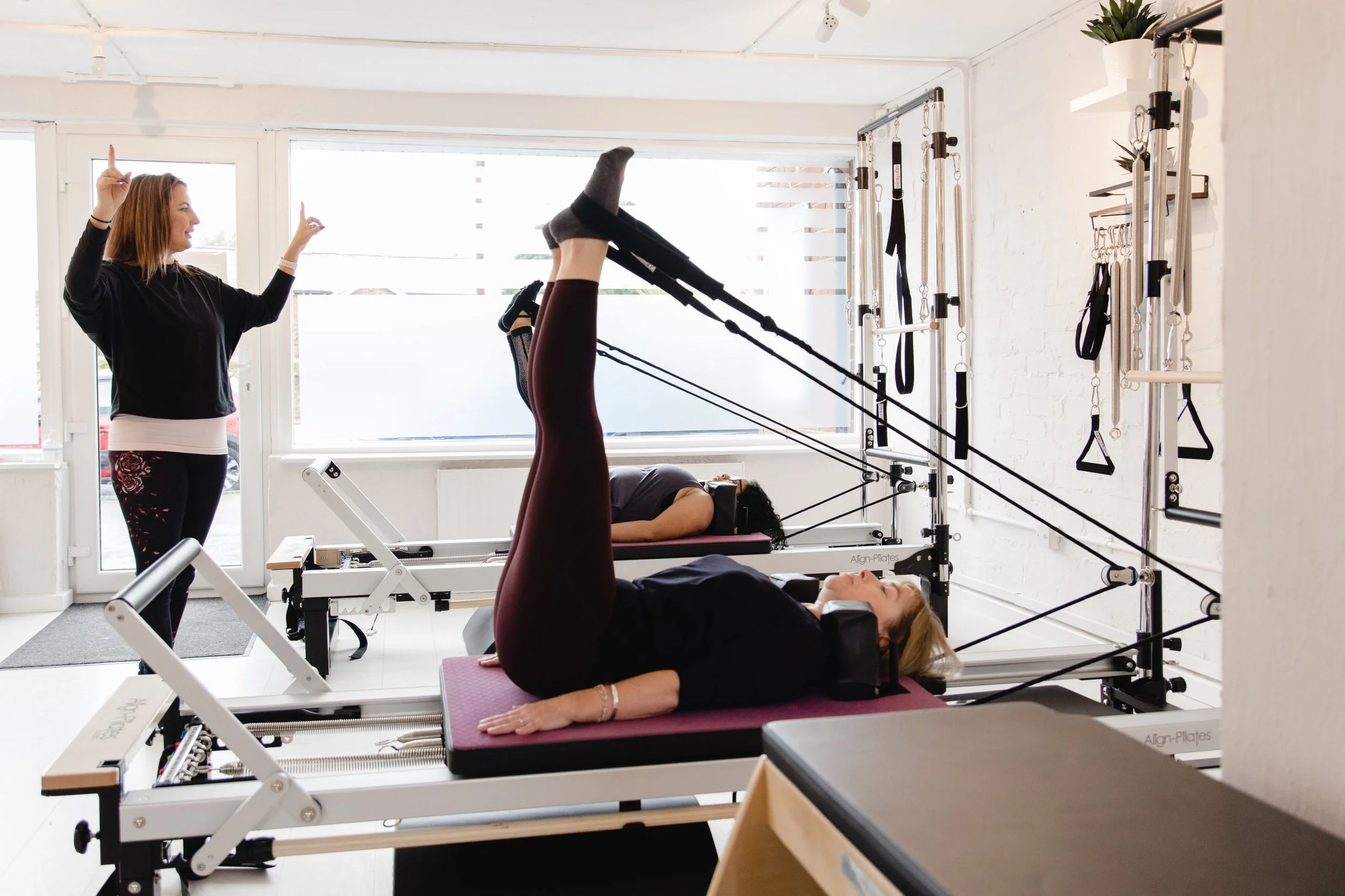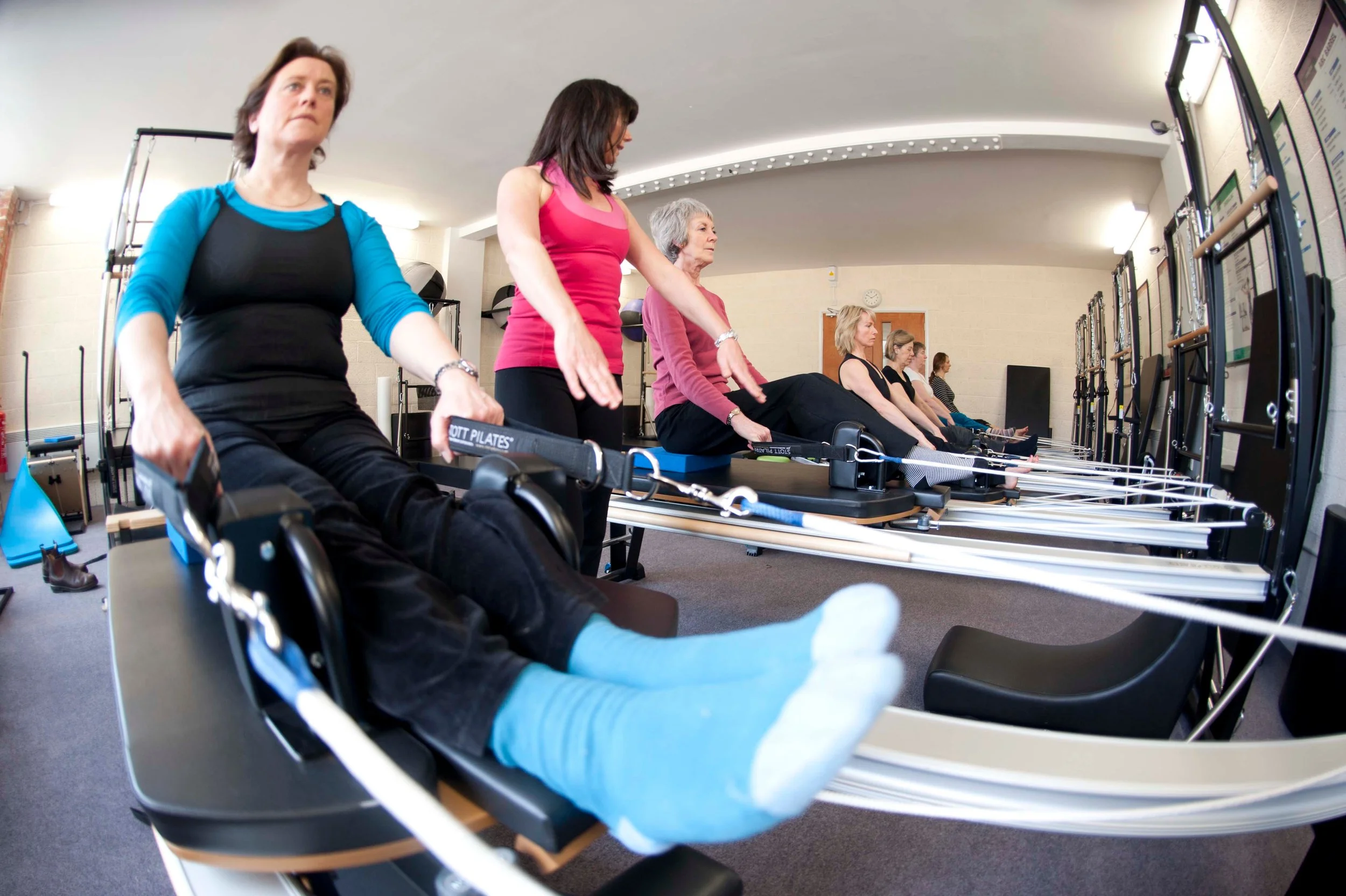Running a successful Pilates Studio business with a sale value at the end, as opposed to a lifestyle business with little value other than perhaps some goodwill
Let me start by being honest and at the same time controversial. In the UK, most Pilates studio business are lifestyle businesses for the owner, they are not in the true sense of the words profitable businesses. In other words, if the owner did not actually teach classes in the business and employed somebody for every class or session, the owner would make a loss ! These business may or may not provide a living for the owner but they have no value (other than goodwill) to sell and the likelihood is that the owner will be earning less per hour than anybody they would need to pay to do the same job.
Also, in most cases, lifestyle business owners would be best to run their business scaled right down in size from a room in their house working part time (20 hours a week) without any employees and keep it below the VAT threshold, than to lease an industrial space and employ any staff.
This is the reality of how Pilates studio businesses, in general, actually are - and not how they should be if the owner were business minded in their initial planning and understanding of cost and overheads.
In my 20 years as a studio owner and more recently as a Pilates business consultant, I am regularly asked to help studio owners to turn a lack-lustre or non-profitable studio into a money making studio.
When focussing on the reasons for lack of profitability two themes constantly recur:
The studio is not generating sufficient revenue per hour
The studio cannot afford to be paying the going rate for its instructors
Of course the two of these are related, if the studio was generating more revenue per hour it would be able to still make a profit and pay the going rate to an instructor.
However, in this article I address the modelling of revenue to deliver a profitable business, and in a later article I will discuss a strategic approach to paying your staff appropriately, and in a way that they earn what they want and more but at the same time they don’t bankrupt the company.
I have a rule of thumb that I have used successfully in turning around studios from lifestyle businesses that are loss making or barely viable, to proper businesses that have a value and generate the owner revenue over and above the hours that they put in: The rule is that any studio should not be paying an instructor more than one third of the net revenue that that instructor is generating from the sessions that they teach.
In other words if you are paying £20.00 per hour to the teacher, the session needs to generate a minimum of £60.00 (or £72.00 if the business is VAT registered), £25.00 per hour payment requires £75,00 net revenue (or £90.00 if the business is VAT registered) and to pay £30.00 per hour the session needs to be generating a net £90.00 per hour (or £108.00 if the business is VAT registered).
I am a businessman and not a Pilates Instructor, and so when I own a studio my only method of seeing a return from it is from the residual profit after all overheads that the business generates. Typically I find the rule of thirds, meaning one third for the instructors, one third to cover studio rent and overheads and one third to cover investment and profit is non negotiable.
For sure, most studios are not owned by somebody like me where I am paying an instructor to generate every pound that the studio generates. A more typical situation is that a studio is owned by an instructor who is the primary teacher in the company and is typically not drawing from the business the same amount of wages that they are paying to their instructors.
Here is the problem, surely the owner of the business, who is taking all of the financial risks, investing in the infrastructure, and putting in hours above and beyond their teaching hours, should be drawing more than their employees and not less ! Somehow the Pilates industry has managed to perpetuate a situation where instructors who are employees have a goal to own their own studio, yet when they reach the stage that they make this dream a reality, they sadly earn less and work harder than they did as as an employee.
The main issue tends to be that the model for owning an apparatus studio is very different from the model running a Pilates matwork business, yet most apparatus businesses have started as matwork businesses in the UK.
Typically in a Matwork business, owners know their cost structures - they rent (rather than lease) individual hours in halls or venues at a fixed hourly rate and it is easy to see the cost structure of a class by combining the rent of the room – lets say £25.00 and pay the instructor perhaps £25.00 and know that the class needs over 5 customers paying £10.00 each to generate a net £50.00 per class. Anything over 5 people is a profit for the owner and typically an instructor is comfortable to allow more customers in a matwork class than in a Studio class, so profitability per class is not usually a concern.
In an apparatus studio it is not so straight forward, whether you own a studio or are leasing it, the overheads other than staff cost such as heating, lighting, lease costs etc. continue to be there while the studio is not generating revenue from classes. These costs are incurred before the need to return the investment in the Apparatus and save back money to service the apparatus, replace springs, and eventually replace the kit itself. So the Apparatus studio owner needs to have a much better grasp on costs than the Matwork business owner. In a typical apparatus studio, running classes in peak hours (mornings and evenings) and private one on ones in off peak hours (afternoons), 6 days a week, comprising 40 hours a week, it is typical that the fixed overheads will vary between £800 - £1200 per week.
If as a business owner I am paying £20.00 per hour to my instructors to teach 40 hours of sessions per week and have £800.00 of overheads I am likely to be in a less affluent area, and if my overheads are at the higher end of £1200.00 per week and my instructors expect £30.00 per hour, my business in the less affluent area will need a net of Vat turnover of £83,200 (£100,000 inc VAT) to break even. This is before I earn a penny or can get any return on my investment in kit, whereas in the more affluent area the studio needs to turnover £150,000 before I start to see a return as the owner.
You will see that in this model I am treating aggregated overheads at the same level as I am paying my instructor just to break even – the return on my investment (depreciation of my kit and other assets) any additional staffing (receptionists, cleaners, accountants/book-keepers) and any profit needed for the business owner comes on top. This is why I work on one third for the teacher, one third for the overheads and one third for the business!
So in rounded up figures the business plan for the less affluent area needs to be modelled to generate a net turnover from 40 classes per week of £125,000 per annum (£150,000 inc VAT) to be more than a lifestyle business for the owner, and it’s £190,000 per annum (£225,000 inc VAT) in the more affluent area. Assuming that one sixth of the turnover goes back into the business to keep it growing and pay for capital purchases etc. the owner of the less affluent area business will see in their pocket a profit of £20,000 per annum and the more affluent business, profit of £37,000 per annum. The sale value of the respective businesses will take into account both the net profit and the investment potential in the business and will be in the range £90,000 – £120,000 for the less affluent area business and £160,000 - £275,000 for the more affluent area business.
If the owner of the business is also working as an instructor and putting half of their time (20 hours into teaching sessions) the income for the less affluent area business owner will be approximately £40K per annum and for the more affluent area business owner double this approximately £80K per annum.
If you found this blog useful or interesting, look out for companion blogs in the next weeks, the next is titled:
Staff recruitment and staff retention problems in Pilates Apparatus studios : Consider a combined employment and self-employed contract for your staff.
Chris Onslow - Pilates and Fitness Business Consultant
Chris Onslow, has run Pilates focussed businesses since 1998. He and his team specialise in supporting Pilates entrepreneurs and business owners. With a rich history of owning and running successful Pilates studios in the UK, and supporting others in Europe and the Middle East, Chris has broad expertise in maximising profitability and optimising operational efficiency. His agency provides top-tier advice on selecting new, pre-owned, and hireable Pilates equipment from renowned brands such as Align-Pilates, Balanced Body or Stott-Pilates/Merrithew. As the founder of Mbodies Training Academy, Chris continues to revolutionise Pilates education, offering premier online and hybrid CPD and qualification courses for Pilates apparatus instruction and special population CPD. Discover more about how Chris can support your Pilates Business or home exercise choices at www.pilates-consultant.co.uk




